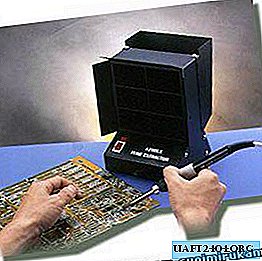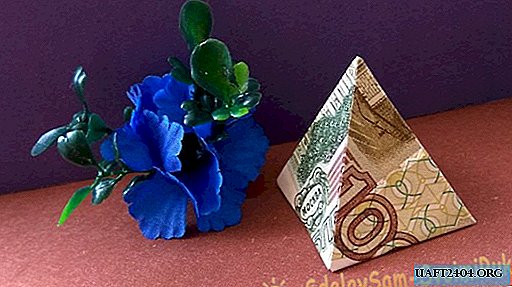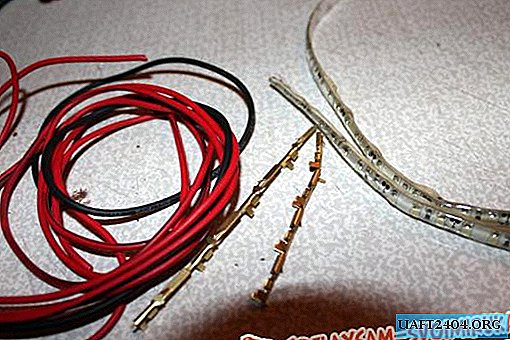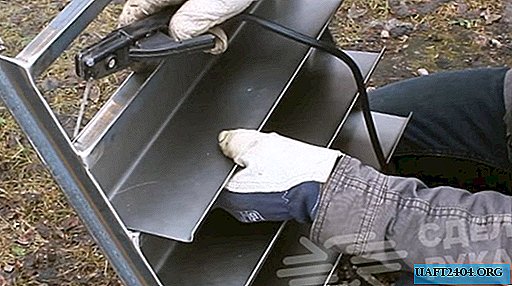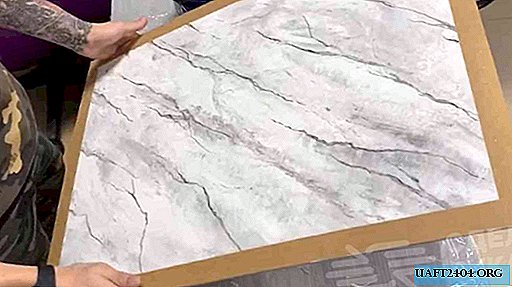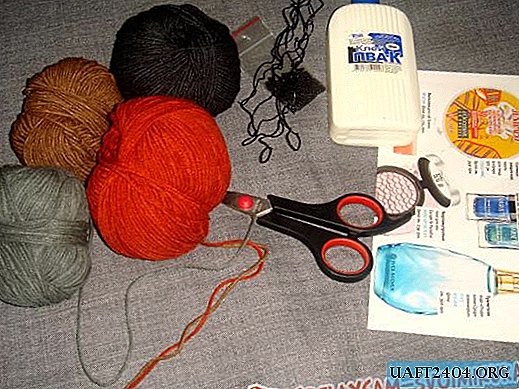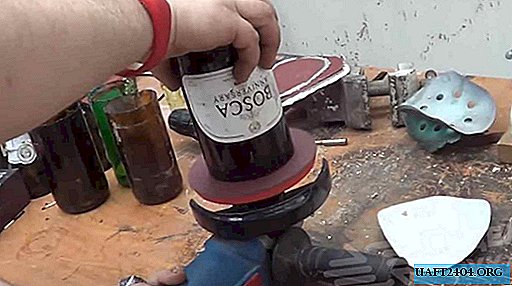Share
Pin
Tweet
Send
Share
Send
Creation of a soil base.
The fact is that the surface of the floor is usually made on the same level with the top of the base. This landmark allows you to determine at what depth inside the built-up space you need to prepare an earthen base for pouring. It is very important to immediately remove the fertile soil layer in the entire territory prepared for concreting. The earthen base should be 20 cm below the top of the base, and in the case when it is required to make the floor insulated, the thickness of the thermal insulation should be taken into account. After removing the fertile layer, either further deepening or raising the level of the base surface using imported alumina may be required.
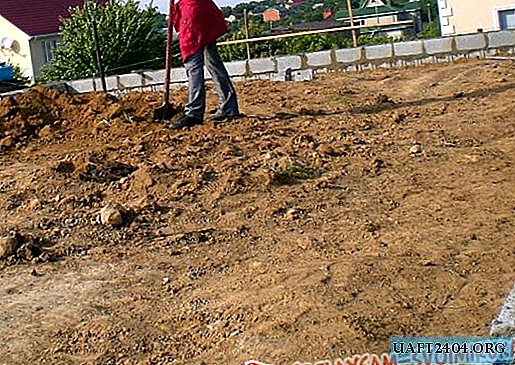
If the soil in the built-up area is loose or the earth needs to be poured to the required level, then in the process of preparing the base surface, sealing measures should be taken using a vibrating plate or manual tamper.

It is important to take into account that tamping a large layer of earth at once, it will not work to achieve the expected result, because of which in the future the floor may sag and cracks will appear in concrete. The earth needs to be compacted as it is added every 5 cm of the created layer.
Sand cushion formation.
When the earthen base has been prepared, you can start adding 10 cm thick sand to the sand. It will not hurt to stretch several parallel lines along the height of the surface of the floor to create the necessary measurements, so that you can easily control to what level sand is added.

It must be evenly distributed using shovels and the rule, as well as well tamped as described above.

Upon completion of the formation of the sand layer, in principle, it is possible to start concreting, but if it was supposed to make the floor with a heat-insulating layer, then before the start of pouring, it is necessary to lay the insulation.
When the floor needs to be insulated.
A suitable material for thermal insulation of a concrete floor in a house is regular or extruded polystyrene. The second option is more reliable, since it is much denser than the first, which reduces the risk of subsidence of the concrete layer, leading to deformation and cracking of the floor during operation of the building. Sheets of expanded polystyrene are simply laid on a sand cushion, trying to join them so as not to leave gaps between them.

If necessary, parts of appropriate sizes are cut from a whole sheet to close the missing sections. On top of the foam, it does not hurt to put a waterproofing coating, for example, a dense oilcloth.

In order to distribute the load on the insulation during floor operation more evenly, it is necessary to place a metal mesh for reinforcement in the lower part of the concrete layer. To do this, it must be placed on top of the foam before pouring.

When there is a need for reinforcement.
In premises used for production purposes, the operational load on the floor can be quite large due to the movement of various transport and loading equipment or the storage of heavy products. In this case, concrete is reinforced during its pouring.

To perform this task, you must first connect the frame of steel rods, the cross-sectional diameter of which is taken depending on the load expected during the operation of the floor. The frame is made lattice by welding or twisting with a wire longitudinally and perpendicularly laid pieces of reinforcement, the distance between which is also due to technological calculations of the required strength of the reinforced concrete structure.

Installation of beacons.
The next preparatory step on the way to filling the floor is the installation of guides that allow you to set the height of the level of its surface, called beacons. According to them, with the help of the rule, concrete will be pulled together, so that its surface will be smooth. Usually, rectangular or round metal pipes are used as such beacons. But to install the pipe in the right position, that is, in such a way that its top is at a level with the top of the base, special supports should be created from fresh concrete. So that the supports along the entire area prepared for pouring have the corresponding and the same height, you can use the level set in a fixed position to measure this parameter.

When the supports for the beacons are made, you can lay pipes on them, after which the concrete space will be ready for pouring.
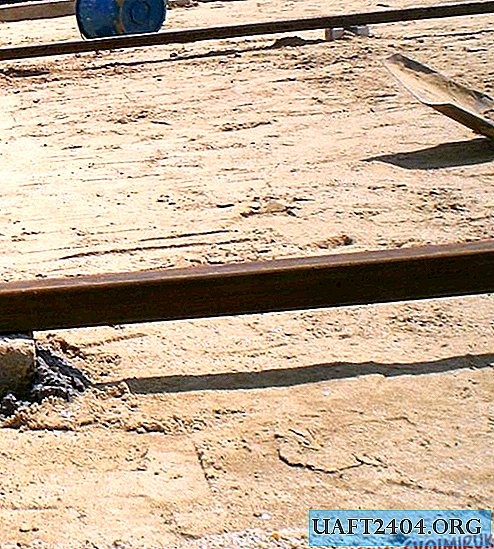
Concreting process.
It is important to organize the timely delivery of concrete to the place of work, since the concrete structure created must be monolithic.
If the pouring area is small, then you can knead the working mixture yourself with the help of several helpers. But pouring more space implies an increase in the number of workers and, possibly, the use of additional concrete mixers, since it will be difficult to make a concrete floor monolithic with small forces due to the fact that the production process stretches to infinity.
The easiest way is to order factory concrete, which will be delivered with a mixer to the construction site and with the help of a pump, as well as the guiding device included with this machine, will be unloaded directly into the flooded space.

Of course, you will need several people who will quickly distribute the working substance with shovels.

Two more workers should gradually pull the concrete along the lighthouses using a rule or a level board, leveling its surface.

It is important to pull the rule not only along the pipe, but at the same time also make movements that resemble the work of a saw.
At the end of this procedure, while the concrete mixture has not yet hardened, it is necessary to remove the pipes that served as beacons from it and immediately fill the grooves with fresh concrete.

Then you need to wipe the concrete with a special device until a liquid film is released on its surface.

The emerging liquid is a sign that it is time to start ironing, that is, applying a thin layer of cement 2-3 mm thick on top. In the end, it remains only to smooth the surface of the floor, which can be done using an apparatus called colloquially a helicopter, after which the surface of the floor will look like the one shown in the photo below.

The presented technology for filling the floor is the simplest and most economical, as regards the technological nuances. More complex and expensive methods may include additional measures during insulation, reinforcement, and preparation of the foundation for pouring, but in most cases there is no need to use these methods. Adhering to the scheme described above, you can be completely confident in the reliability and durability of the created concrete structure.
Share
Pin
Tweet
Send
Share
Send


